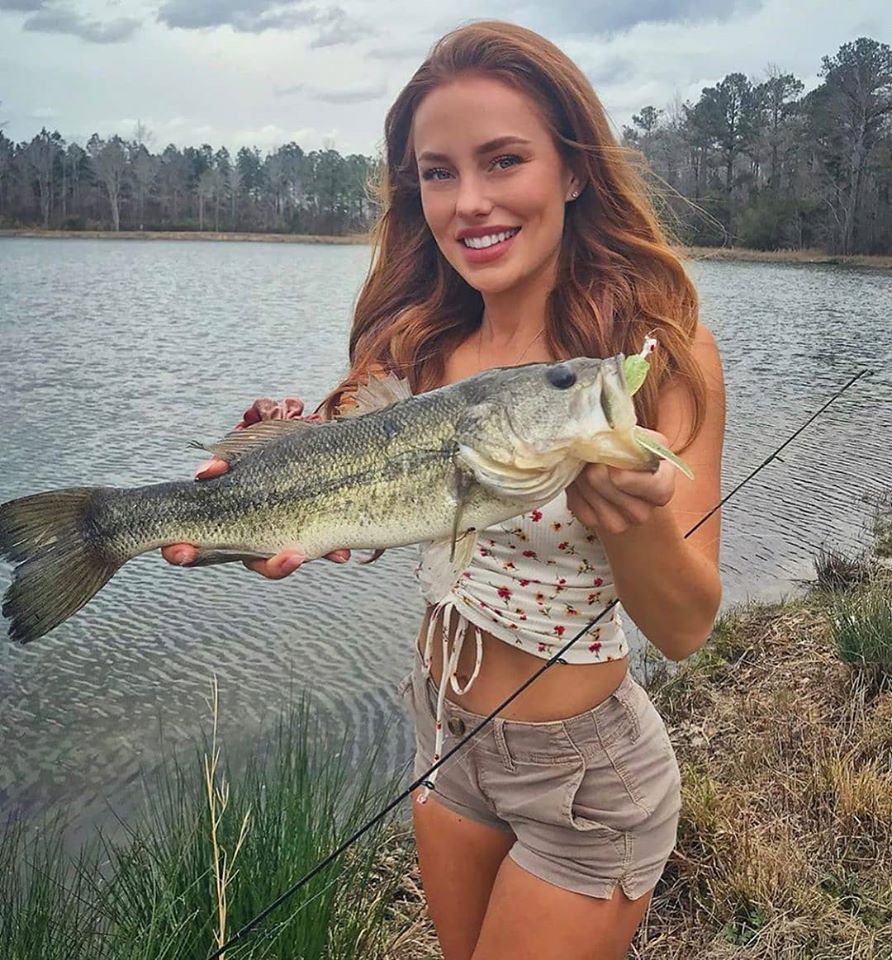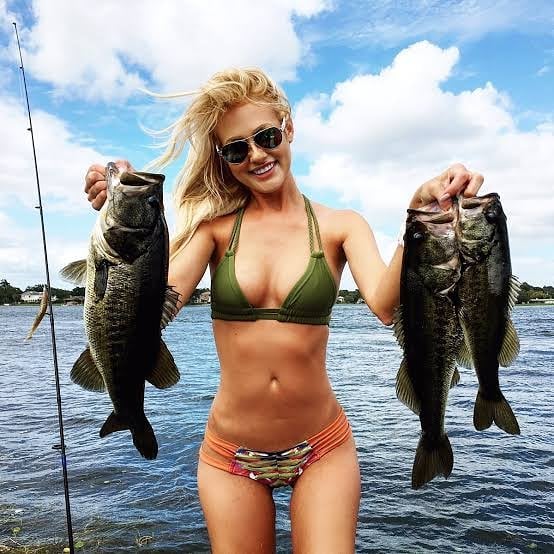A Lancaster County science fair champion has earned international honors for developing a fishing lure that won’t contribute to the problem of plastic pollution in waterways.
Hempfield High School junior Ethan Albright won third place last month in the materials science category at the International Science and Engineering Fair in Columbus, Ohio, for his project “Reel Problems. Reel Solutions: Combating Microplastics in Aquatic Ecosystems with Biodegradable Fishing Lures.” The same project took first in the earth and environmental science category at the North Museum Science & Engineering Fair in March.
During the awards presentation in Columbus, Albright said he had an inkling that maybe he’d secure fourth place, so when a competitor was named the fourth-place winner, he lost hope of receiving an award at all. “I heard my name, and I just threw my hands on my head,” Albright said. “I was superduper surprised.” He was joined by Warwick High School senior Ansh Dwivedi, North Museum’s 2025 grand champion, in competing among 1,657 students from 63 countries from May 10-12.Which is about a quarter of what similar commercial baits would cost.
For his project, Albright developed an entirely biodegradable and edible fishing lure that is similar to a traditional lure. Albright said the total cost to manufacture and package the biodegradable lure in biodegradable packaging comes to $1.70 per pack of 10.
The worm-shaped biodegradable lure could substitute for traditional soft plastic fishing lures that tend to break off the hooks of anglers and sink to the bottom of waterways, degrading into microplastics over time, according to a description of Albright’s project on the International Science Fair website.Soft plastic lures get a lot of use in Chesapeake Bay. Trollers often use big paddle tail shad baits in their umbrella rigs. Individual plastic baits range in size from about 1 to 0 inches or more. They come in a wide variety of shapes and colors, and even plastic mixes, ranging from softish Bass Assassins to the much firmer Bass Kandy Delights, and even the soft and stretchy Z-Man baits, which will stand up to even the dreaded teeth of Bluefish.
The lure is made from a “biopolymer hydrogel recipe” using sodium alginate, calcium lactate, gelatin, vegetable glycerin, cornstarch, distilled water and natural coloring (for cosmetics), according to Albright’s project description.
As for them being a major environmental concern? I don't see it. I occasionally find one or two on the beach, but much less that tampon inserters. When I use them on a boat, the used, torn plastics get saved for trash, although, to be fair, Bluefish chop off and consume (maybe) a fair number.
I'd be willing to try them, for the right price.
The Wombat has Rule 5 Sunday: The Almost Perfect Picture ready and willing to collect clicks.




No comments:
Post a Comment